Improvisation on Static Chords for Jazz
Sep 24, 2019Hello again! In this lesson, we're talking about how to make your guitar solos on static chords more interesting.
"Static chords" refers to instances where there is little or no movement in the chord progression.
Famous examples of this include So What, Impressions, Milestones... and even the verse of Norwegian Wood!
(Ah yes, Lennon & McCartney, famous jazz composers... 😜)
You'll learn devices including diatonic intervals, arpeggios, extended pentatonics and more. But mostly importantly, we're going to shred! 🏂
As our example for this lesson, we're going to be soloing on a D Dorian (or Dm7) vamp.
Here is a backing track for you to use:
Master Key - Apply This To All Examples (1:37)
This is the method that I recommend you use when practicing the devices below. It will ensure that you don't get overwhelmed with all this... because there is a lot to chew on in this lesson!
- Choose the materials you're going to focus on
- Select a subset of notes
- SHRED on what you selected in step 2!
An example of this could be:
- You're focusing on the D Dorian scale
- You'll practice the diatonic arpeggios of this scale
- Shred on these arpeggios! (over the backing track)
Take your time with this stuff. A good approach might be to only pick one or two of the following concepts per practice session, and dive deep into those.
1. The "Parent" Scale (3:45)
The first step when you're learning to solo on a static chord is to figure out the scale that best complements the chord.
If you're new to this approach, please check out this article!
The scale that best suits our D Dorian vamp is, well... D Dorian! Crazy, right?!

Make sure you practice a few different fingerings and are able to play the scale in time. However, there are a lot of notes to play here!
Contrary to what you might think, this can actually make it more difficult to be creative.
One solution for this is to start limiting your note choices within the scale, which is where the next examples come from ⬇️
2. Related Pentatonic/Blues Scale (5:26)
Now, I don't just mean any old blues scale! I want you to practice the most basic pentatonic/blues scale that is contained within the parent scale.
You can figure this out by looking at the chord tones of the parent scale:
Dorian: 1 2 b3 4 5 6 b7
If we take away the 2nd and the 6th, we're left with:
Minor Pentatonic: 1 b3 4 5 b7

So, this means that you can use all of your favourite D minor pentatonic licks over the D Dorian Vamp.
By extension, this also means that the D minor blues scale is fair game!

(at this point in the lesson, you should be shredding some blues)
3. Diatonic Intervals (8:04)
Here's where things start to get a little more unconventional. For this section we're going to use pairs of notes - intervals - to solo over static chords.
Let's start with the most conventional sound, the third.

What we did there was start on the first note of the D dorian scale, and went up a diatonic third.
"Diatonic third" means: up either a major or minor third, it depends on what note is naturally occurring in the scale.
For example, the reason we didn't go from D to F# is because there is no F# in Dorian. So we went to F instead!
Then, we applied this principle to the rest of the scale.
Now try shredding with the diatonic thirds over the backing track. Neat, right?
Here's a idea of where you could take this, if you're having trouble getting started:

Another common interval to use for this approach is 4ths:


Or 5ths. This one is classic Pat Metheny:
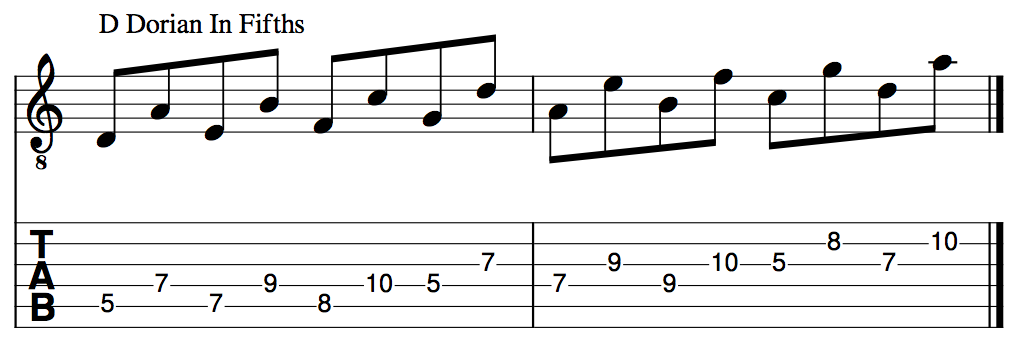
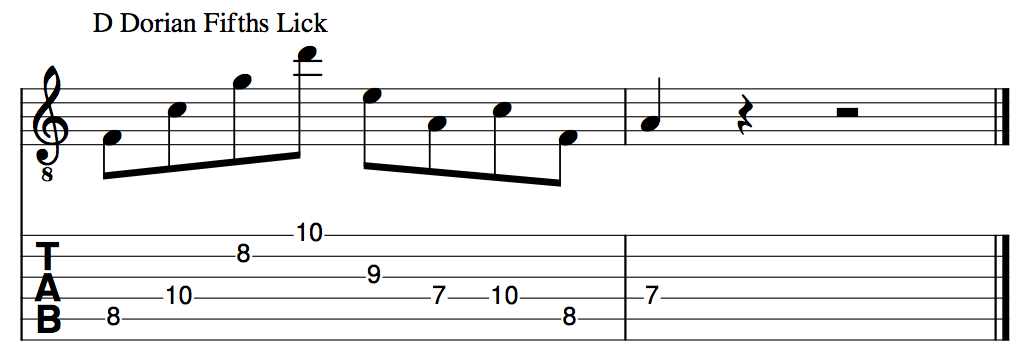
Phew! That's quite a lot in just step 3. That could be a whole lesson in itself!
4. Diatonic Arpeggios (11:36)
The natural step after learning diatonic thirds is to stack them. If you stack two diatonic thirds, you get an arpeggio!
Let's go through all the diatonic arpeggios of the D Dorian scale:
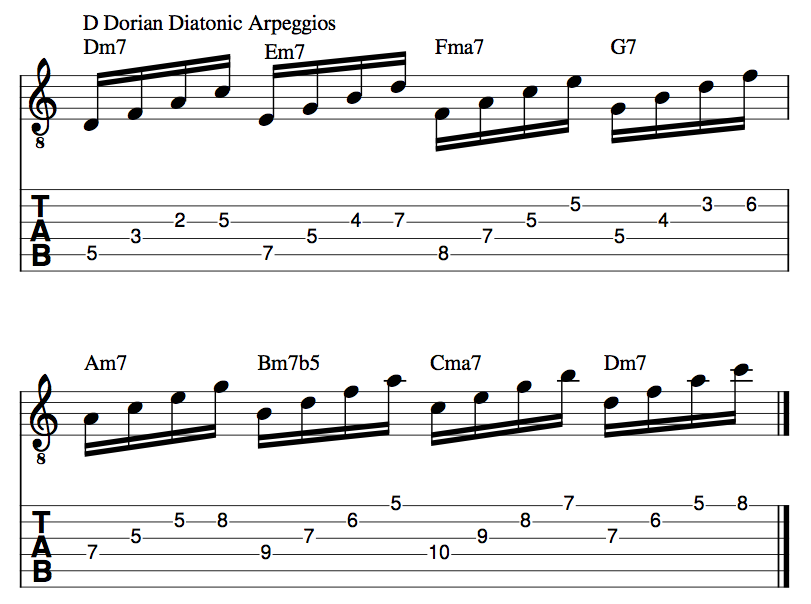
Of course, there are many fingering possibilities for this concept. If you really like this sound, we've got a whole lesson on arpeggios here!
(shredding ensues)
5. Time Feel / Phrasing (12:56)
Quick aside from theoretical concepts - you can really get away with a lot on these static chords by having a good time feel and a good sense of phrasing.
I demonstrate this in the video by intentionally playing "wrong" notes over the backing track, but with a nice triplet time feel. Check it out!
6. Extended Arpeggios (16:45)
For those of you who are brave enough to get this far, now we're really getting to the good stuff. We're going to take some of the previous 5 concepts, and repurpose them to get some juicier note choices.
This concept is about taking an arpeggio that specifically outlines the extensions of the Dm7 chord, and shredding with that. The extensions are the really colourful note choices on a chord!
Here are a few to get you going. They get progressively more "extended" as you go along:
Fma7 (F A C E) gives you the chord tones 3 5 7 9 on Dm7.
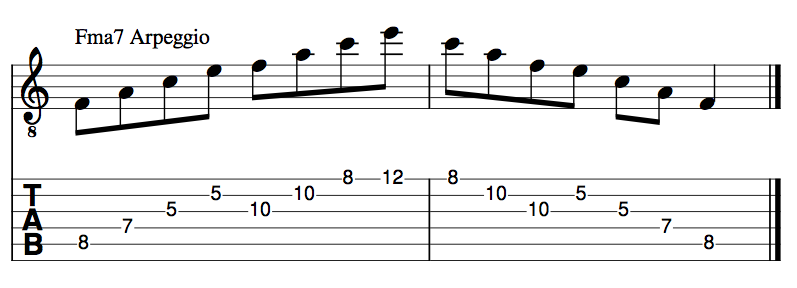
Am7 (A C E G) gives you 5 7 9 11 on Dm7.

Cma7 (C E G B) gives you 7 9 11 13 on Dm7.
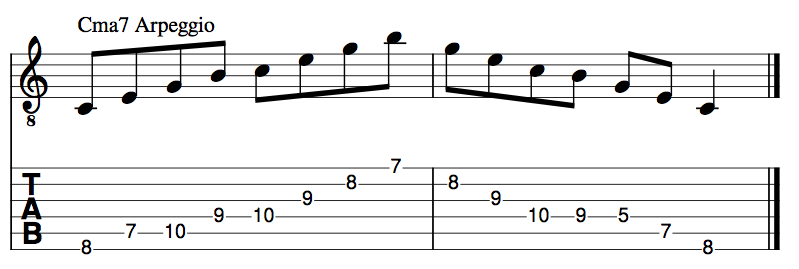
Please go to 16:45 in the video to actually hear what these sound like when you use them in a solo!
7. Extended Pentatonics (19:58)
This next one is a personal favourite of mine! We're going to do the same thing that we just did with arpeggios, but using pentatonic scales.
A minor pentatonic (A C D E G) gives you 5 7 1 9 11 on Dm7.
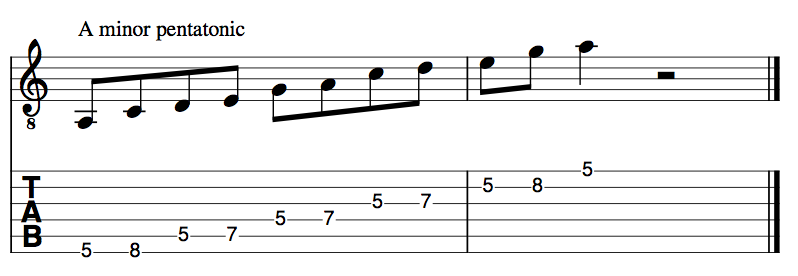
E minor pentatonic (E G A B D) gives you 9 11 5 13 1 on Dm7.
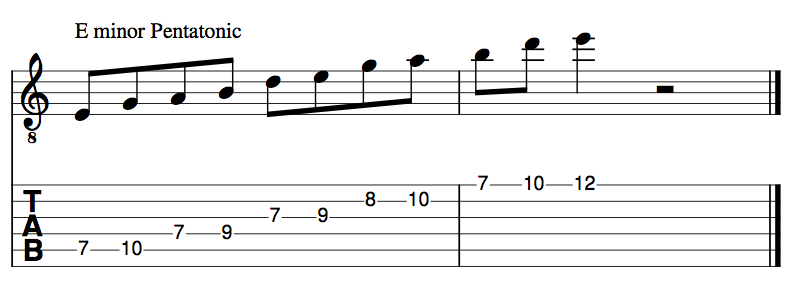
The real great part about this step if that you can use all of your pentatonic licks and patterns, but they will sound fresh because the context of the notes is different.
If you don't have any of those just yet, check out this lesson.
8. Triad Pairs (24:08)
Although I'm not as well-versed in this approach as the previous examples, I figured it deserved a mention here as many people use this.
What you do here is take a pair of triads from the scale and use them as your note choices for soloing. In this example, we're going to take F and G major triads.
These have a very strong sound because in the relative mode of C major, they are the IV and V chords.
Over D Dorian however, you get:
F major (F A C) = 3 5 7 over Dm7
G major (G B D) = 11 13 1 over Dm7
So you get a sort of grab bag of extensions and chord tones. Try to find your own triad pairs! You can go really far with this approach.
9. Implying Alternate Chord Progressions (26:23)
And finally, we've reached our last step... only for the truly brave.
This idea comes from saxophone players like John Coltrane and Cannonball Adderley on the famous Kind of Blue record.
The harmony on that record is quite static, so what they do to generate more interesting lines is the imply chord progressions that aren't even there!
Depending on what chord progression you choose, this could sound really inside, OR generate quite a bit of tension.
A good place to start with this is by implying an altered V chord over the static chord. Here's what I mean:
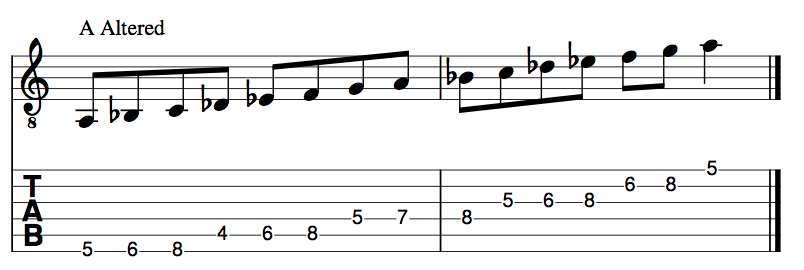
Now, you can take any arpeggio or fragment from this scale and throw it into a D Dorian line. Example:
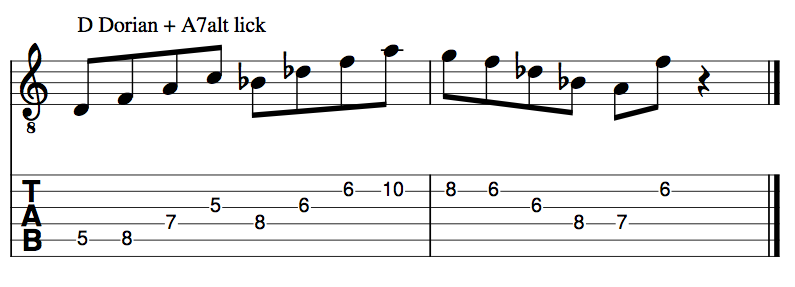
And of course, you can use any altered licks or patterns you know. This generates quite a bit of tension!
Further Listening
If you made it through all the examples, I'm truly impressed! The final step to internalize all this stuff is to do some heavy listening. I've compiled a list of recordings for you to check out:
- Miles Davis - Kind Of Blue
- John Coltrane - One Up, One Down
- Wes Montgomery - Impressions
- Bill Evans - Milestones









